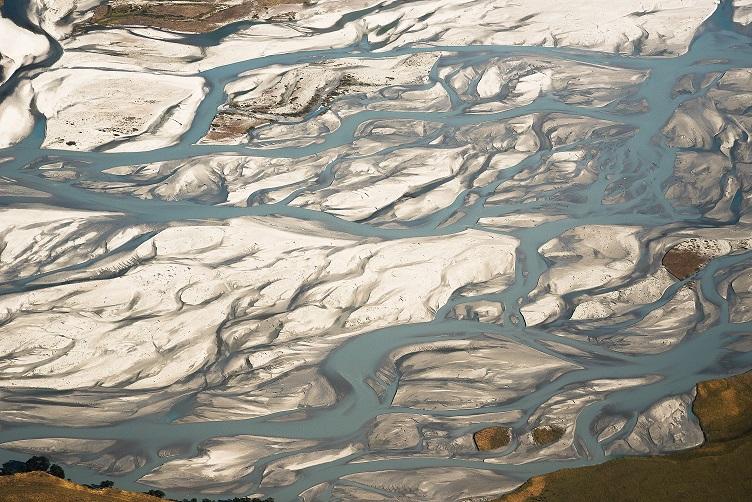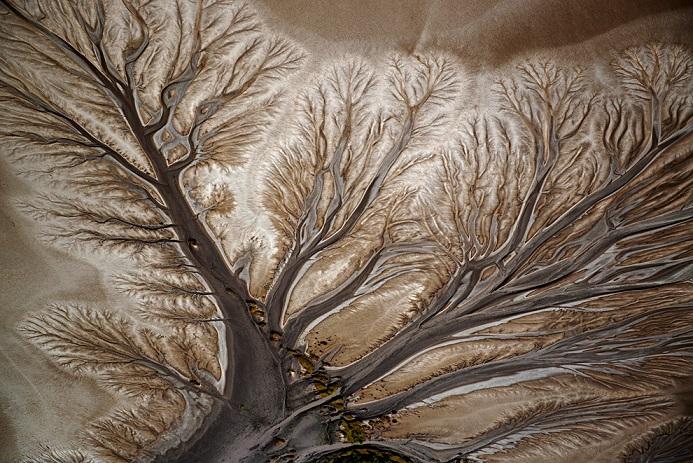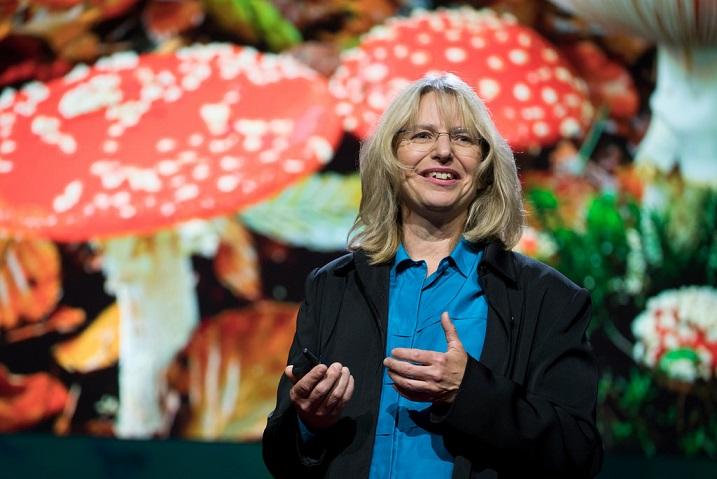Guest Blog: Nature’s Hidden Lessons and How My Favorite Teachers Taught Me How to Find Them (the Tangential Magical)
This post was originally published in the Biomimicry Institute's Ask Nature Blog
Guest Blog: Nature’s Hidden Lessons and How my Favorite Teachers Taught Me How …
Dr. Suzanne Simard has dubbed the “wood-wide-web”—a symbiotic network of fungi connected to their tree neighbors that allows trees to communicate with one another, sharing information about nearby predators, and the surplus or deficit of nutrients in the soil such as phosphorus and nitrogen. Trees speak to one another. We can’t hear it, but we can certainly observe and learn from this elegant mechanism of relaying real-time information. After all, the forest doesn’t spread false information. Recently, I did a quick search for my affable professor, and was surprised to read less than positive remarks a few students had given on his teaching style. No one else seemed to appreciate those wonderful digressions that led to a theory that changed my life forever. To them it was a confusing chaos, not a beautiful mosaic of insights and discoveries cultivated over a lifelong career of careful observation, contemplation, and a deep understanding of natural phenomena—the patterns and processes that shape the planet as we know it today. It saddened me to read such negative, judgmental remarks. “Let’s appreciate not how information is presented, but that wisdom is imparted in many diverse and fantastical ways.”
In a world filled with not even 15 minutes, but perhaps the elusive promise of 15 seconds of fame, coupled with ever-shortening attention spans, it’s more important now than ever to slow our minds for a moment, pause, and appreciate not how information is presented, but that wisdom is imparted in many diverse and fantastical ways. From skillful communicators like Janine Benyus and Suzanne Simard, to those who are capable of keen observation, but may not have the gift for presenting--should we not open our minds to observing lessons from a wide spectrum of teachers? And unfortunately, rivers and trees, with their micorrhizal networks, and 3.8 billion years of sustainability wisdom to bestow, cannot take the stage either, but their embedded wisdom is worth listening to all the same.
Thanks to these sage advisors, I've learned to look for the brilliance inside of everyone, and everything. In fact, the most salient lessons don’t always come rehearsed and wrapped in beautiful, well-tied bows. I've learned to look for and follow the tangents just as much as the outlines. A rambling professor, a winding brook, the tree outside your window, an entire mountain range … it’s up to us to find a way to listen.
This post was originally published on biomimicry.org/askingnature. About the author: Adiel Gavish is the Social Media and Communications Manager for the Biomimicry Institute, which seeks to empower people to create nature-inspired solutions for a healthy planet. She is also the founder of the BiomimicryNYC regional network, working to bring together and cultivate a diverse network of nature-inspired students and professionals in the NYC metro region.




